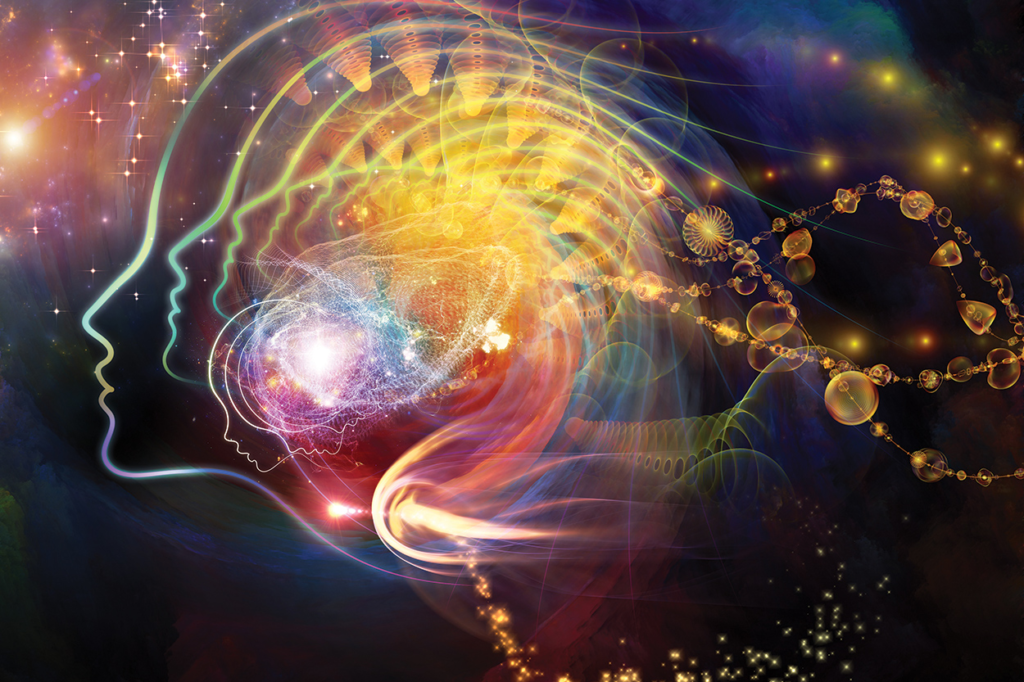Peering into the Labyrinth: Unraveling the Mysteries of Consciousness and the Brain
The human brain, a three-pound universe contained within the confines of our skull, remains arguably the most complex and enigmatic entity known to science. It is the orchestrator of our thoughts, emotions, memories, and actions, the very seat of our being. Neuroscience, the multidisciplinary field dedicated to its study, has made remarkable strides in mapping its intricate circuitry and deciphering some of its fundamental mechanisms. Yet, the grandest puzzle of all persists: consciousness. How does the electrochemical activity of billions of neurons give rise to the subjective, internal experience we call “awareness”? Exploring the current frontiers of neuroscience and the enduring mystery of consciousness reveals both the astonishing progress we have made and the profound depths of our ignorance.

The Astonishing Progress of Neuroscience
What we do know about the brain is staggering. Advanced imaging techniques like fMRI and EEG allow us to observe neural activity in real-time, revealing the brain regions involved in various cognitive functions, from language processing in Broca’s and Wernicke’s areas to memory formation in the hippocampus. We understand the fundamental principles of neuronal communication through synapses, the delicate dance of neurotransmitters that relay signals across the vast network. We have mapped sensory and motor cortices, understanding how the brain receives and processes information from the external world and initiates movement. The discovery of neuroplasticity has further revolutionized our understanding, demonstrating the brain’s remarkable ability to reorganize itself by forming new neural connections throughout life. This knowledge has paved the way for interventions in neurological disorders, rehabilitation after injury, and even the enhancement of cognitive function.
The Enduring Enigma of Consciousness
However, this impressive edifice of knowledge only brings the mystery of consciousness into sharper focus. How does the firing of neurons translate into the rich tapestry of our inner lives – the feeling of joy, the taste of chocolate, the awareness of self? This is the “hard problem of consciousness,” a term coined by philosopher David Chalmers, which distinguishes it from the “easy problems” of neuroscience, such as understanding sensory processing or behavioral control. While we can correlate neural activity with conscious states – for instance, specific brainwave patterns associated with different levels of alertness – correlation does not equal causation. We can describe what happens in the brain when we are conscious, but not why it feels like something to be conscious.
Theoretical Frameworks and the Explanatory Gap
Various theories attempt to bridge this explanatory gap. Integrated Information Theory (IIT) proposes that consciousness arises from the quantity and quality of integrated information within a system. Global Workspace Theory suggests that conscious experience emerges when information is broadcast widely across the brain’s “global workspace,” making it available to various cognitive processes. Higher-Order Thought (HOT) theories posit that consciousness requires a higher-order representation of our mental states. While each of these theories offers intriguing frameworks, none has yet provided a definitive and universally accepted explanation for the emergence of subjective experience from neural activity.
Future Directions in Consciousness Research
The ongoing quest to understand consciousness is pushing the boundaries of neuroscience in exciting new directions. Researchers are exploring the role of specific neural circuits, the temporal dynamics of brain activity, and the potential involvement of quantum phenomena. Studies on altered states of consciousness, such as those induced by psychedelics or meditation, offer valuable insights into the neural correlates of subjective experience. Furthermore, the development of increasingly sophisticated computational models and artificial intelligence raises profound questions about the potential for consciousness in non-biological systems, forcing us to refine our definitions and understanding.
A Journey of Ongoing Discovery
In conclusion, the study of the brain and consciousness stands at a fascinating crossroads. Neuroscience has unveiled a breathtaking level of detail about the brain’s structure and function, providing a foundation for understanding the physical mechanisms underlying our thoughts and behaviors. Yet, the subjective experience of consciousness remains a profound enigma, challenging our current scientific paradigms. As we continue to peer into the labyrinth of the brain, armed with ever-more powerful tools and theoretical frameworks, the hope is that one day we will not only know what the brain does, but also understand how its intricate workings give rise to the unique and deeply personal phenomenon of being aware. The journey into the mysteries of consciousness is far from over, promising a future filled with groundbreaking discoveries that could redefine our understanding of ourselves and our place in the universe.




















